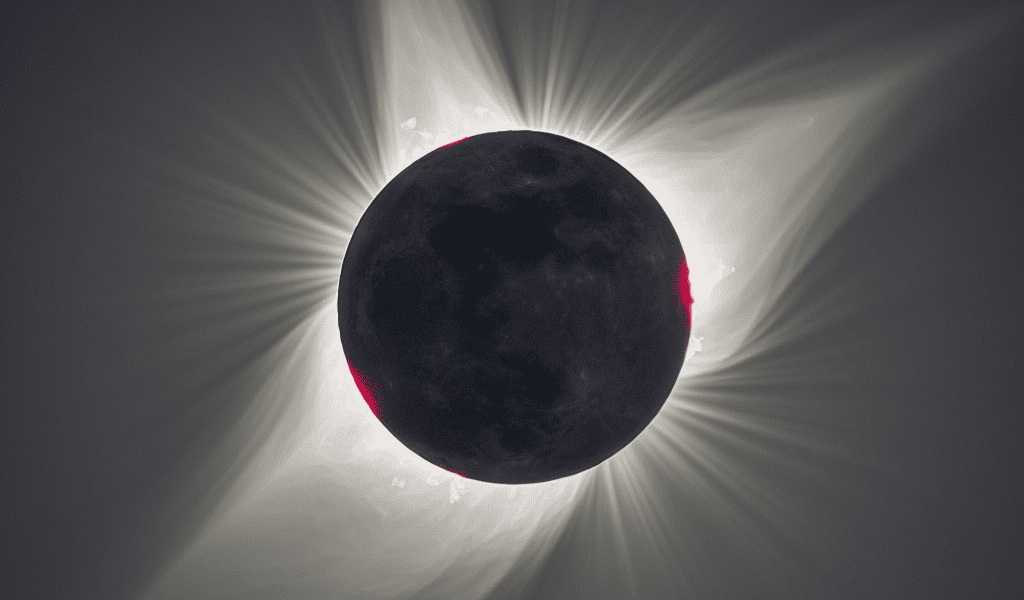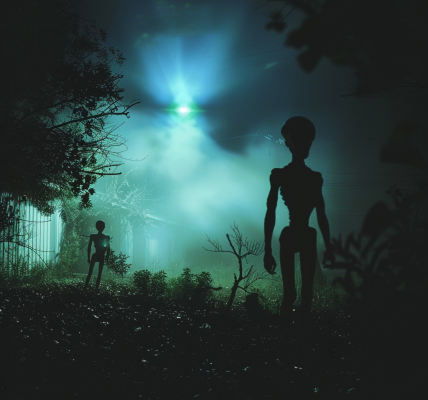The next total solar eclipse is set to take place on Monday, April 8, 2024, and it’s an event that’s not to be missed. Total solar eclipses occur when the moon comes between the Earth and the sun, casting a shadow on the Earth’s surface. The 2024 eclipse is expected to be a breathtaking spectacle as the moon’s dark disc creates a shadow known as the ‘path of totality.’
For those interested in witnessing this extraordinary event, the path of totality will span a narrow track approximately 100 miles wide and 10,000 miles long, crossing three Mexican states, 15 U.S. states, and five Canadian provinces. The first place in continental North America to experience totality will be Mexico’s Pacific coast around 11:07 a.m. PST.
One of the most unique aspects of the 2024 eclipse is that it will be the longest and most visible for the U.S. in a century. The duration of the eclipse can range from two to four and a half minutes, with the center of the path offering the longest viewing experience.
For those unable to travel to the path of totality, partial eclipses will still be visible in the Bay Area. This is an event that’s sure to captivate millions of people, so mark your calendars for April 8, 2024, and prepare to witness a truly awe-inspiring natural phenomenon.





